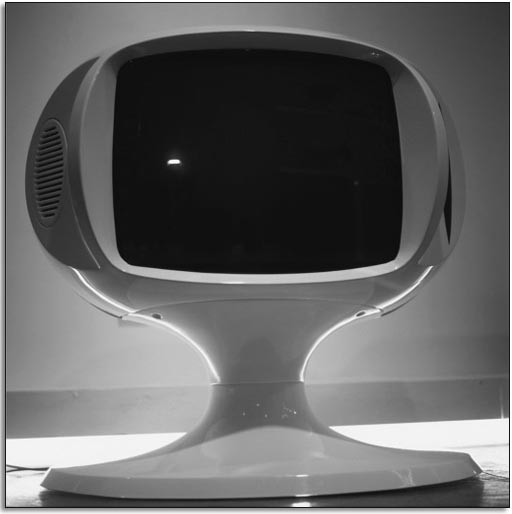7 Conclusions
7.4 Style
The term ‘industrial design’ is often used to denote those design activities mainly concerned with the appearance and aesthetics of a product. In contrast the term ‘engineering design’ is often used narrowly to indicate those design activities which deliver the physical performance of the product. Thus the engineering design of a Sony Walkman is about the mechanisms of tape or CD movement and the electronics to decode and play the music. The industrial design is about the appearance of the box, the ease of loading and unloading and the layout of controls. Both are critical to the successful product.
Recalling the plastic kettle, the style of the jug kettle was a major factor in its success. However, the technical problems of plastic materials and manufacture in jug form are also considerable. Their solution was needed for a successful product.
In some cases the technical issues of engineering design can be separated from the style issues of industrial design. This is particularly the case with mature products where functional development is limited by the technology. The functional parts of these products can be clothed in a new aesthetic.
Take for example, a television set based on the standard cathode-ray tube technology. (A cathode-ray tube, or CRT, is the part of a conventional television set which creates the pictures. The television screen forms one end of the cathode-ray tube.) The technology of standard television sets is well-established. Further, the manufacturing processes, such as populating printed circuit boards (that is placing the components on the board and soldering the electrical connections) is remarkably well-established and standard throughout the world and across competitors.
The housing of a televison set is a large, plastic injection moulding that can be changed in shape, subject to considerable limitations imposed by the shape of the tube. Figure 63 shows an interesting extreme of a style from the 1970s being used to house a television set made in 2000 and using the technology of 2000.
Typically a company such as Sony will cater for changing tastes in style across its markets by engaging in industrial design separately from engineering design, or by seeking expertise on appropriate style through design consultancies in different markets and countries.
The judgements that designers and consumers make about the balance of style and function are subjective. That is, people make their own judgements which can differ widely from individual to individual. For example, a general-purpose bicycle is designed to be quite stylish. The technology is standard, and style is the main differentiating factor between different manufacturers.
In contrast, a mountain bike may be predominantly functional. However, I don't think many people would disagree that a mountain bike is designed to be stylish. Many of the features are not only functional. You could argue that the mountain bike is full of style with a corresponding high cost. A mountain bike might feature chromium plating, disc braking, roller bearings, and advanced suspension. Not all mountain bikes have these features and their functionality is debatable. The bicycle would work perfectly well with lower specification parts, so it could be argued that these features are really part of the style associated with this type of product.
Designed products can be seen and thought about in many ways. They are invested with ‘life’ and meaning by people who use them. This extra meaning, for example in the fashion status of functional products (such as catering equipment now popular in domestic kitchens), is one of the key elements in a successful product. Designed objects acquire many layers of meaning. The process often starts with designers themselves and is continued by advertising. This interpretation is what people do well. In fact it is one of the important activities in designing where new possibilities for developing partially completed designs emerge. The design evolves and adapts as the designer sees and thinks in different ways.

